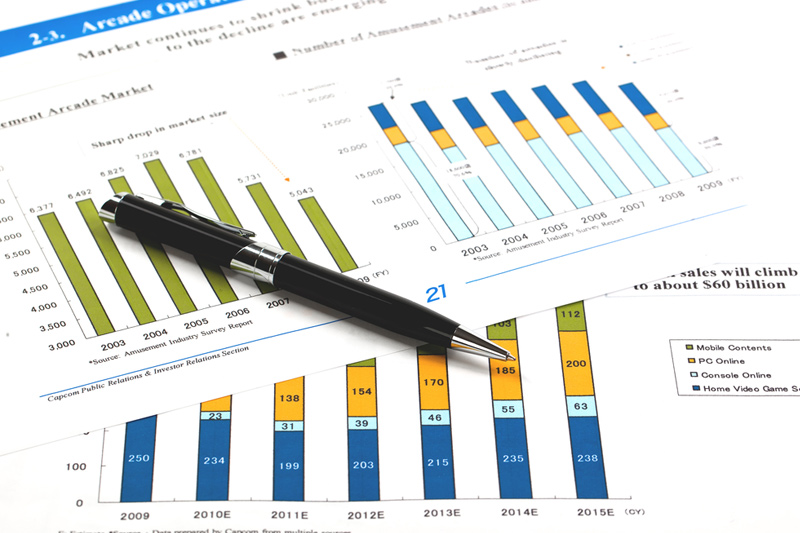S&P, Nasdaq edge higher with gold spike, FOMC minutes in focus
Investing.com -- Governor Adriana D. Kugler of the Federal Open Market Committee (FOMC) discussed the current state of the U.S. economy, the economic outlook and implications for monetary policy at the Economic Club of New York. According to her, the labor market appears resilient, with economic activity growing at a moderate pace compared to the second half of last year.
Despite the labor market being at or near the FOMC’s goal of maximum employment, trade and policy changes, particularly higher import tariffs, could potentially increase the unemployment rate and push employment away from the FOMC’s objective. These policies could also escalate inflation over the rest of the year. There has been a noted increase in goods inflation and data from surveys and non-traditional sources indicate some inflationary pressures.
The FOMC is mindful of the effects of these policies, as their role is to set the monetary policy that is best able to achieve their mandated goals of maximum employment and stable prices. Currently, the impact of higher tariffs on inflation is becoming evident. The outlook requires consideration of how the economy could be affected by these policy changes moving forward.
Governor Kugler highlighted the difficulty in judging the current strength of economic activity, mainly due to the front-loading of imports ahead of tariff implementation. Real gross domestic product (GDP) declined slightly in the first quarter, largely due to a surge in imports ahead of anticipated tariff increases. Personal income and consumption data from April point to a slight moderation in economic activity.
The labor market continues to show resilience, with employment growth and labor supply and demand remaining in relative balance. In April, employers added 177,000 jobs, slightly higher than the average for the previous six months. The unemployment rate remained steady in April at 4.2 percent, within the historically low range of 4 percent to 4.2 percent that it has maintained since May 2024.
On the price stability side, progress in lowering inflation toward the Committee’s 2 percent target has slowed since last summer. The FOMC’s preferred inflation gauge, based on personal consumption expenditures (PCE), grew at a 2.1 percent annual rate in April. Core inflation, which excludes volatile prices for food and energy and is a good guide to future inflation, came in at 2.5 percent.
Governor Kugler also addressed the impact of tariffs on inflation. Recent research by Federal Reserve Board staff estimates that the 20 percentage point increase in tariffs on Chinese imports earlier in the year raised overall core PCE prices by two tenths of 1 percent. The import surge ahead of sharp tariff increases has delayed the price effects associated with those tariffs, and the reversal in that surge expected in the next few months will likely signal larger price increases.
Nontraditional data indicators suggest that the economy might be starting to slow. Measures of household sentiment about economic conditions remain downbeat, and manufacturing surveys report a slowing in new orders. The services sector, representing the majority of businesses, has also seen a downward trend in the past few months.
In conclusion, Governor Kugler stated that as inflation has declined over the past two years, due in part to tighter monetary policy, the U.S. economy has remained resilient, with stable labor markets and employment near its maximum sustainable level. She sees greater upside risks to inflation at this juncture and potential downside risks to employment and output growth down the road, leading her to continue to support maintaining the FOMC’s policy rate at its current setting if upside risks to inflation remain.
This article was generated with the support of AI and reviewed by an editor. For more information see our T&C.
